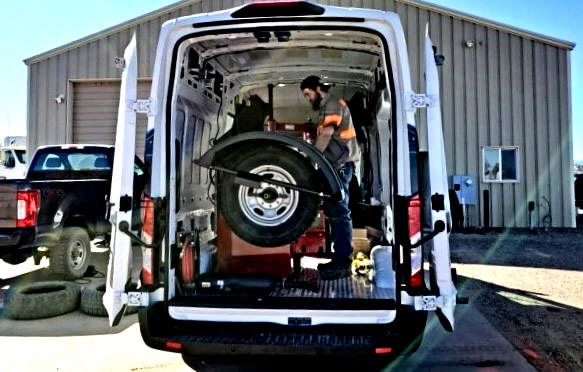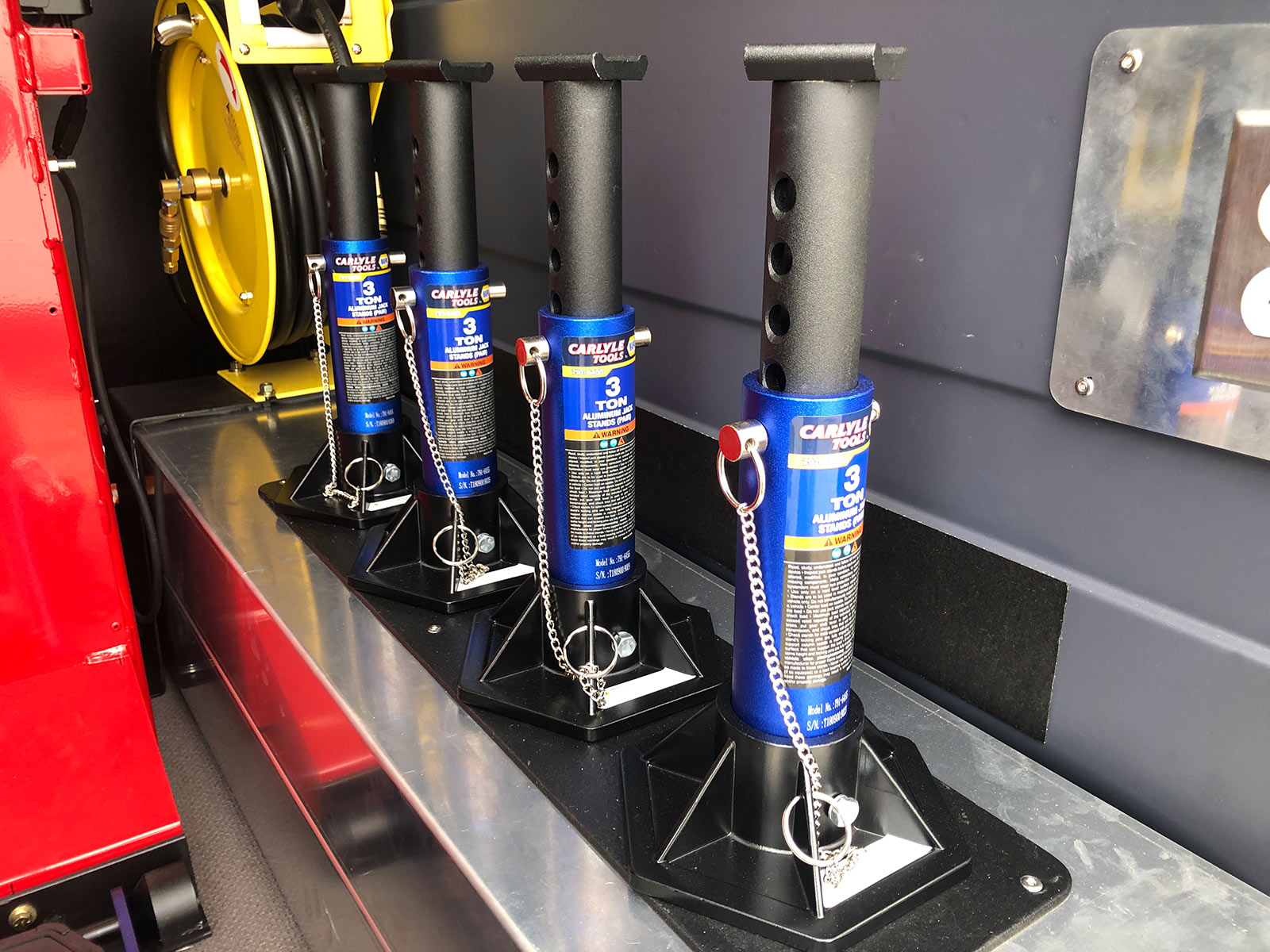Tire Service: Proven Methods for Ideal Tire Maintenance and Treatment
Preserving optimal tire problem is paramount for both security and efficiency of any kind of automobile. From ensuring proper tire pressure to normal turning and placement, there are proven approaches that can substantially extend the life-span of your tires and enhance total driving experience. As we explore the ins and outs of tire care and maintenance, we will uncover necessary standards that every vehicle proprietor should follow for the very best possible results. Allow's look into the world of tire solution and find the secrets to keeping your tires in first-class shape for the lengthy haul.
Value of Tire Pressure
Proper tire stress is a vital variable in ensuring optimal car efficiency and security when traveling. Keeping the recommended tire pressure levels given by the supplier provides many benefits. First of all, adequate tire stress advertises better fuel performance, as under-inflated tires can result in boosted rolling resistance, triggering the engine to function more difficult and take in more gas. Secondly, right tire pressure ensures also walk wear, enhancing tire durability and saving cash in the future by postponing the demand for premature replacements. Additionally, properly inflated tires add to enhanced handling and braking abilities, vital for safe driving in numerous road conditions. Over-inflated tires, on the other hand, can result in reduced grip and a harsher adventure. Alternatively, under-inflated tires are susceptible to getting too hot, which can bring about crashes and blowouts. Frequently examining and changing tire pressure, specifically soon journeys, is a simple yet reliable means to enhance lorry efficiency, prolong tire life expectancy, and prioritize security when driving.
Tire Rotation Standards
When thinking about tire turning standards, it is important to understand the importance of this maintenance task in making best use of tire lifespan and keeping ideal automobile efficiency. Tire turning entails transforming the setting of each tire on a lorry to guarantee also step wear. Front tires often tend to put on a lot more rapidly than rear tires as a result of steering pressures, making regular turning critical for balanced wear patterns. The advised rotation pattern differs depending upon whether a vehicle is front-wheel, rear-wheel, all-wheel, or four-wheel drive. Usually, tires should be revolved every 5,000 to 7,500 miles, or as advised in the automobile manual. Overlooking tire turning can bring about uneven wear, influencing handling, traction, and possibly compromising automobile safety and security. By adhering to proper turning guidelines, vehicle drivers can extend the life of their tires, boost gas efficiency, and improve overall driving experience. Normal turning is a basic yet reliable upkeep practice that contributes considerably to tire durability and lorry efficiency.

Benefits of Wheel Positioning
Making certain appropriate wheel placement after tire turning is important for preserving balanced wear patterns and making the most of lorry performance. Furthermore, appropriate wheel positioning aids to expand the life-span of your tires. Misaligned wheels can cause irregular tire wear, leading to early tire replacement and increased maintenance expenses.

Tire Footstep Depth Inspect
Doing a regular assessment of tire step deepness is essential for preserving risk-free driving conditions and extending the lifespan of your tires. Unequal tread wear can suggest problems with tire positioning, suspension, or pressure, highlighting the relevance of regular walk deepness checks. By incorporating tire step deepness checks right into your regular maintenance schedule, you can drive with self-confidence understanding that your tires are in leading condition.
Seasonal Tire Inspection
Seasonal tire inspection is a basic element of tire upkeep that ensures tires are prepared to face the obstacles posed by different weather condition conditions. In prep work for wintertime, it is essential to examine the tire stress on a regular basis as cool temperature levels can create tire pressure to drop. By performing routine seasonal tire evaluations, drivers can prolong tire life expectancy, enhance fuel performance, and most importantly, guarantee a safe driving experience in varying weather conditions.
Verdict
Finally, keeping correct tire pressure, turning tires routinely, straightening wheels properly, keeping track of walk depth, and conducting seasonal assessments are important methods for optimal tire treatment. By adhering to these verified approaches, drivers pop over to these guys can guarantee their tires last much longer, perform much better, and add to overall car safety. It is necessary to prioritize tire maintenance to avoid mishaps, improve fuel efficiency, and extend the life expectancy of tires.
Adequate tire pressure advertises far better fuel performance, as under-inflated tires can lead to enhanced rolling resistance, creating the engine to work more challenging and take in more fuel.When considering tire turning standards, it is important to recognize the significance of this upkeep task in making the most of tire life-span and maintaining optimal lorry efficiency. Seasonal tire assessment is an essential facet of tire maintenance that ensures tires are ready to face the challenges positioned by different weather conditions. By conducting regular seasonal tire inspections, motorists can extend tire lifespan, boost gas effectiveness, and most importantly, ensure a safe and secure driving experience in varying climate conditions.
In conclusion, keeping proper tire pressure, turning tires consistently, aligning wheels properly, keeping an eye on tread depth, and conducting seasonal assessments are necessary practices for optimum tire care.